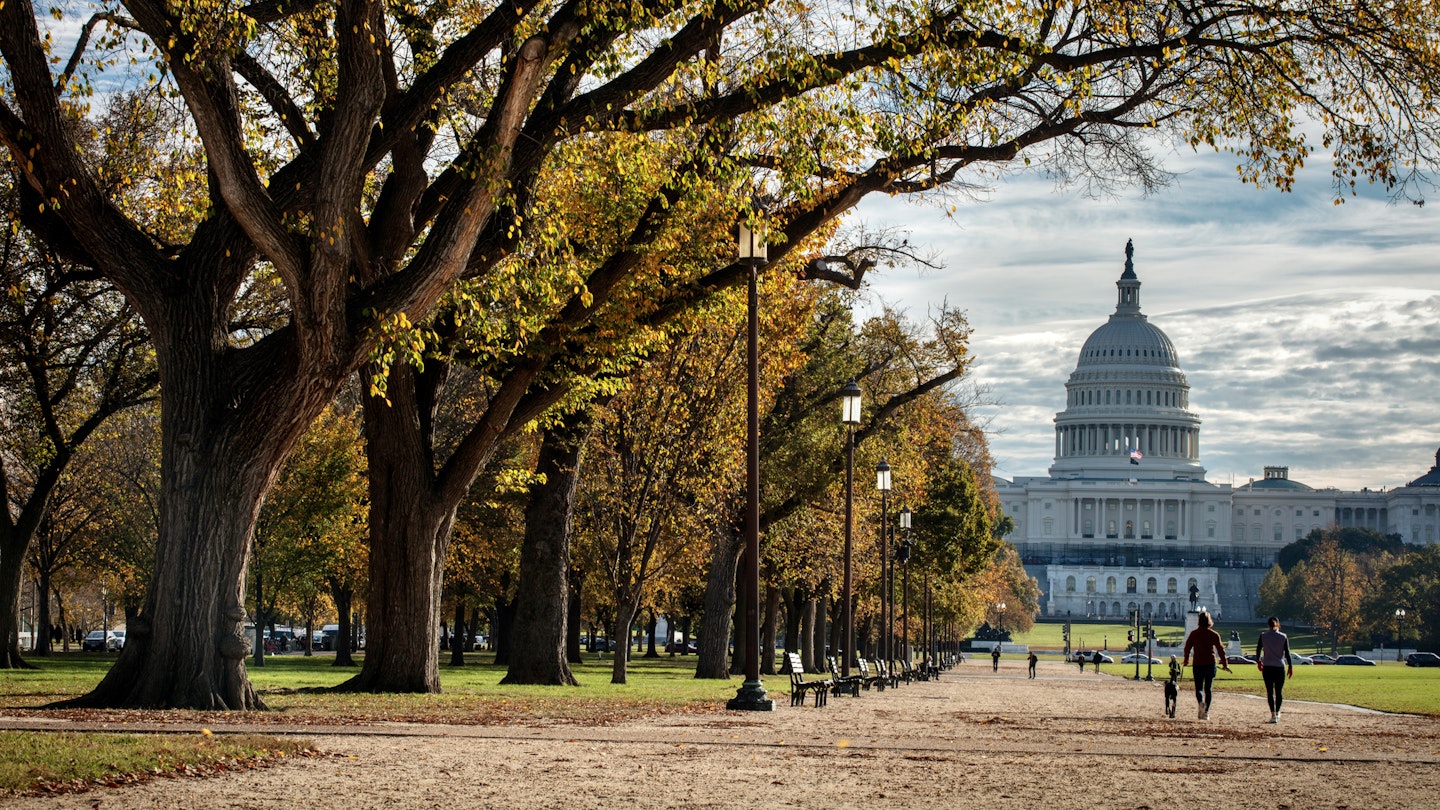Explore the National Mall: A Walking Tour of Washington, DC
Washington, DC’s National Mall is often referred to as “America’s Front Yard.” This sprawling green expanse stretches for 2 miles, offering a scenic route filled with iconic landmarks ranging from the Capitol to the Lincoln Memorial. Visitors come here not only to enjoy the beauty of the grounds but also to engage with the nation’s history and ideals, depicted through its impressive monuments and museums.
Given the multitude of attractions, exploring every museum and memorial can take days. Consequently, attempting to see too much in one day may lead to museum fatigue. For a rewarding experience, start your day early, particularly in the summer months, to beat the crowds and heat.
Getting to and Around the National Mall
The best way to access many of the Mall’s attractions is via the Metro. Utilize the Smithsonian (Orange, Silver, Blue Lines) and L’Enfant Plaza (Orange, Silver, Blue, Green, Yellow Lines) stations for convenient access to most sites. Alternatively, you can disembark at Foggy Bottom-GWU (Orange, Silver, Blue Lines) for the Lincoln and Vietnam Memorials, although keep in mind this station is around a mile away.
Walking between attractions is a popular choice among visitors. The DC Circulator National Mall bus operates a route from Union Station, making stops at key points of interest around the Mall and Tidal Basin.
Dining Options on the National Mall
While the options for eating on the Mall are limited, there are a few worthwhile spots. Consider heading to the cafes located in the National Museum of African American History & Culture, the National Museum of the American Indian, or the National Gallery of Art Sculpture Garden at the beginning of the lunch period for the best chance of securing a table and enjoying some local cuisine.
Walking Tour Route Overview
- Start: Vietnam Veterans Memorial
- Finish: White House
- Distance: 4 miles, approximately 1.5 hours (without stops)
This walking tour itinerary is designed to hit the top sights efficiently. However, if you prefer to linger at each site, consider dividing the tour across multiple days for a more leisurely experience.
1. Vietnam Veterans Memorial

The Vietnam Veterans Memorial serves as a tribute to over 53,000 American soldiers who lost their lives in the Vietnam War. Their names are arranged chronologically by the date of their passing, providing a somber yet meaningful experience. A diamond beside a name indicates the individual was “killed, body recovered,” while a plus sign denotes “missing and unaccounted for.”
2. Lincoln Memorial

The Lincoln Memorial is a must-visit spot that captures the essence of DC. As you gaze out over the Reflecting Pool, connect with Abe Lincoln in his grand chair, a breathtaking sight especially under the backdrop of the Washington Monument. It’s recommended to visit at night for a more serene and illuminated atmosphere.
3. Martin Luther King Jr Memorial

Located by the Tidal Basin, this memorial commemorates Dr. Martin Luther King Jr. with his powerful image known as the Stone of Hope. The surrounding granite blocks symbolize the Mountain of Despair, while inscribed quotes remind visitors of his legacy of justice and peace.
4. National WWII Memorial

The National WWII Memorial honors the sacrifices of 16 million American soldiers who served during the war. The Freedom Wall, adorned with gold stars, serves as a poignant reminder of the lives lost, while the bas-relief panels depict the various elements of the WWII effort.
5. Washington Monument

The Washington Monument, an iconic symbol of the nation, stands towering over the Mall at 555 feet. A visit to the observation deck allows for stunning views of the city. However, be sure to acquire tickets in advance, particularly during peak visiting times.
6. National Museum of African American History & Culture

This remarkable museum offers insights into the African American experience and its impact on American culture. It is advisable to visit the initial exhibitions, which explore the dual themes of slavery and freedom.
7. National Air and Space Museum

The National Air and Space Museum houses a treasure trove of aviation history, including significant artifacts like the Wright Brothers’ original 1903 biplane and Amelia Earhart’s Lockheed 5B Vega. It’s an educational experience suitable for all ages.
8. National Gallery of Art

The National Gallery of Art presents a vast collection of European and American artwork, making it one of the country’s premier cultural institutions. The museum is particularly known for its extensive collection of Impressionist paintings.
9. National Archives

At the National Archives, visitors can view critical documents such as the Declaration of Independence and the Constitution. It’s an educational and reflective experience set within an architecturally stunning setting.
10. White House
Your walking tour concludes at the White House, the iconic residence of the President of the United States. Photographs across the South Lawn are a must, capturing the essence of one of the most recognized symbols of democracy in the world.




